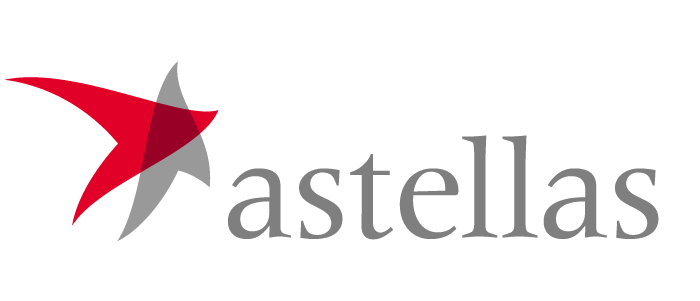Originally thought to be a specific JAK1/3 inhibitor, it’s pleiotropic targeting in clinical trials makes it a pan-JAK inhibitor.
Although Tofacitinib does not directly target TNF, IL17 & IL1 (3 pivotal cytokines in RA, SpA and JIA respectively), it can dampen inflammation in these diseases through interrupting the positive feedback loops these pro-inflammatory cytokines (eg IL2/6/12/23) participate in.No automatic alt text available.
“What the heck’s a JAK?”, I hear you swear, “And does it matter?”
Of course it does, otherwise the pharmas won’t be spending millions developing a JAK inhibitor (if they could), or hundreds of millions to buy up the competition (if they can’t). This so that they can eventually rake in the billions.
JAK inhibitors are termed “small molecules”, and represent the next wave of immune therapeutics. The first wave started in the 1990’s with the “biologics”, antibodies which bind to and inhibit cytokines, the coded messages immune cells send to other cells to crank up the war machinery and to coordinate the battle. Once cytokines dock on their specific receptors on the targeted cells, the message is relayed from the cell surface to the nucleus where the intended chain of events is initiated. JAKs are a type of such intracellular relays.
To draw an analogy from ancient Chinese warfare, cytokines are like homing pigeons relaying intelligence and instructions between the battlefront battalions and the palace. JAK and other types of intracellular signals are like battalion runners and palace eunuchs delivering the messages from the pigeons to the commander/emperor.
Small molecules have several advantages over biologics: they are easy and cheap to mass manufacture, they are not protein and can therefore be taken orally, they enter cells easily and take effect quickly, they washout much faster should toxicities develop, and they block the net information access to the nucleus (war room) regardless of the different types of cytokines (pigeons) and their respective receptors that funnel the signal through them.
See, immunology isn’t that incomprehensible, and the warfare analogy has served my understanding well so far😊

Once-daily oral peficitinib met 12-week endpoint in phase IIb study
www.medpagetoday.com
Peficitinib, like Tofacitinib, is a pan-JAK inhibitor. But as a once-daily dose, it’s more convenient.
Lilly and Incyte have filed for US approval of the experimental JAK inhibitor baricitinib as a treatment for moderately-to-severely active rheumatoid arthritis.
www.pharmatimes.com
Baricitinib is also a once-daily medication, but has a narrower spectrum: inhibiting JAK1/2 preferentially, compared to Tofacitinib’s stronger inhibition of JAK3/1.
JAK1 plays a bigger role in pro-inflammatory cytokines signaling, while JAK2 has a larger role in haemopoiesis. The subtle differences in preferential JAK inhibition may translate to quite different efficacy and side-effect profiles.

Filgotinib (GLPG0634), by the Belgian biotech company Galápagos NV, is a drug which is currently under investigation for the treatment of rheumatoid…
en.m.wikipedia.org
Filgotinib, as a selective JAK1 inhibitor, may theoretically deliver better anti-inflammatory efficacy with far less inhibition of haemopoiesis. But some dampening of myeloproliferation through JAK2 may not be that bad a thing when it comes to inflammation.

Patients had previously had inadequate responses to methotrexate or TNF blockers
medpagetoday.com
After the success of their proprietary selective JAK1 inhibitor, it is not surprising for AbbVie to abandon co-developing Filgotinib with Galapagos. The latter is now seeking Gilead Science as a suitor.
